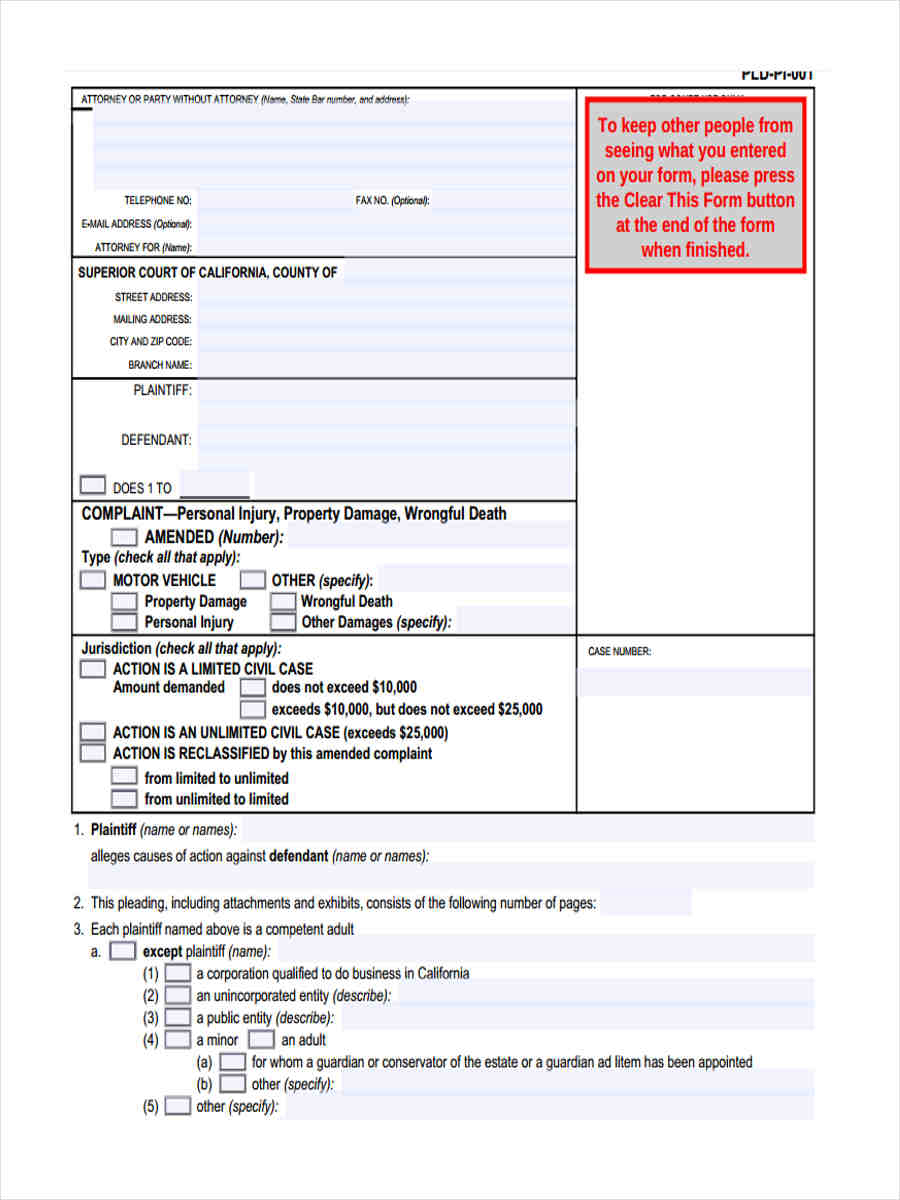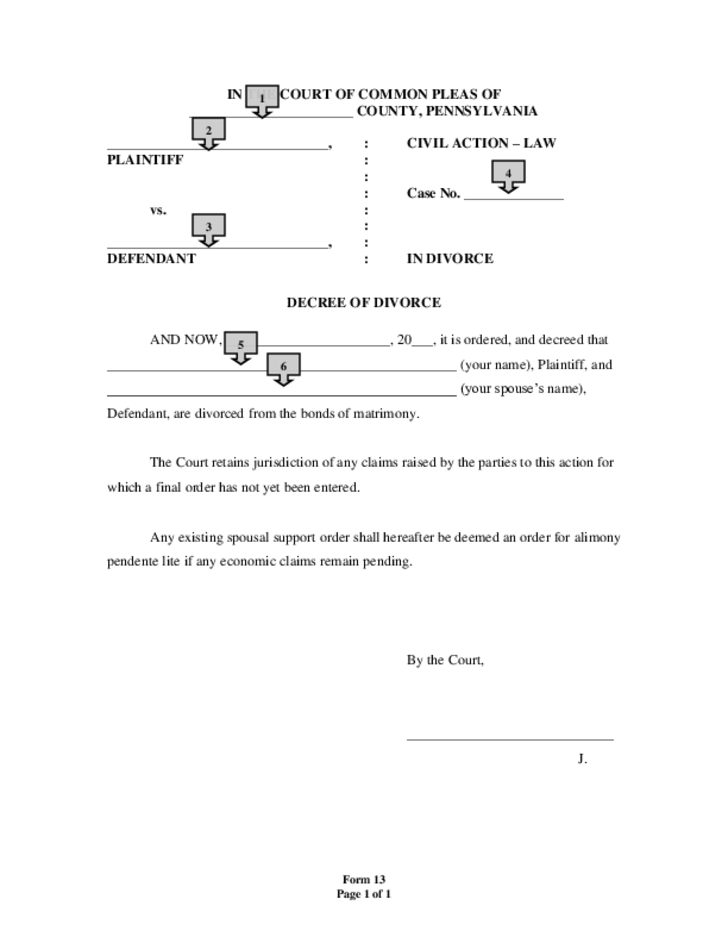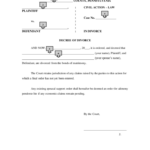Civil Court Filing Forms – You could be required to complete a number of forms when you’ve been selected to represent the client in a civil court dispute. You may find forms on the court website that you print or download, or have them printed and sent in hard copies. Other online forms may also be available. But you must ensure that they are appropriate for your particular circumstance before you use them.
Fill in forms with blanks
The Supreme Court Administrative Office, (SCAO) is home to a substantial stock of court forms that are not filled out. They are arranged in accordance with the nature and the intent of the legal issue. You can search for them using their name or number.
The selection of a form that can meet your particular needs is the initial step when you are required to draft a legal document. Some forms have the cases titles separate from the names of the parties by spaces.
Before you begin filling in forms, make sure that you carefully read and understand the instructions. You may be required to sign in certain instances and may also have to specify how the documents were distributed. Be sure to have single-sided copies as well. If you need to do this again in the future, you won’t be required to duplicate the papers.
Request limited status to be able to access an electronic document
It could be difficult to get restricted status for the electronic form for civil courts. This is due to the legitimacy of the form and whether the format specifications have been met. To make sure you’re adhering to the correct rules it is crucial to refer to the Minnesota Supreme Court regulations or the rules of your particular court.
The primary requirements for filing electronically are that the document has to be legible and it has a certified stamp. The document has to be sent to the clerk of the county in an envelope that is addressed correctly. If the document is not properly addressed it will be scrutinized to verify its authenticity.
The EFCIV 23 form could be required to inform all parties that the submission has been converted into an electronic file. In exceptional circumstances, you must also serve this form with your commencement paperwork.Additionally, you must use EDDS to submit the paperwork to the court.
Send the original copies of your exhibits.
It is possible that you will have to submit copies of your exhibits to the court in specific countries. The documents will, however generally be presented online. If a paper version of your electronic documents is required for courtroom usage, you will have to present it to them.
Fill in all forms for court. Each form field must be filled in fully and precisely. The shapes frequently consist of vacant spaces. If you’re not sure about the format of a form It is a good idea to talk to an attorney.
Hard copy exhibits must be sent to all parties along with the appropriate document, like the Notice of Hard Exhibit File. To serve, make use of a web-based solution like Odyssey File and Serve and EDDS Mail System.
Some online forms might not work for you.
You should first talk to a lawyer if you want to use court forms that are accessible online. As a result, you will be able find out your rights and options. You are responsible for your own legal actions when you do not seek legal advice. You can be subject to disciplinary action or civil fines, including those for practicing law without a license.
On their sites, a lot of courts have self-help tools however, some courts don’t. The Alaska Court System, for instance, has designed specific forms. One of these forms is the complaintform, which is available here. There’s a second form , an interactive complaint form.
Once you’re happy with the form, you can print it and bring it in to the court. You may also find additional forms on the site of the court which you can download. However, some of these demand the use of computer software. Computer programs are able to ask questions, gather information and even create forms.


